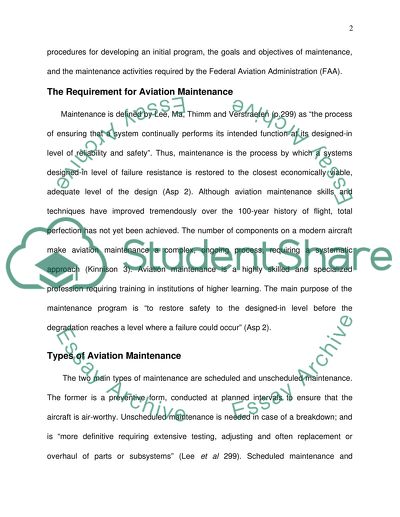Cite this document
(“Aviation Maintenance Term Paper Example | Topics and Well Written Essays - 2000 words”, n.d.)
Retrieved from https://studentshare.org/technology/1423885-aviation-maintenance
Retrieved from https://studentshare.org/technology/1423885-aviation-maintenance
(Aviation Maintenance Term Paper Example | Topics and Well Written Essays - 2000 Words)
https://studentshare.org/technology/1423885-aviation-maintenance.
https://studentshare.org/technology/1423885-aviation-maintenance.
“Aviation Maintenance Term Paper Example | Topics and Well Written Essays - 2000 Words”, n.d. https://studentshare.org/technology/1423885-aviation-maintenance.


